Spacecraft could be made from strong and flexible materials based on mother of pearl
The next generation of aeroplanes and spacecraft could be made from materials inspired by seashells and pearls, according to researchers in Switzerland. By mimicking the structure of nacre, better known as mother of pearl, the scientists believe they can create strong and flexible components that are perfect for advanced aerospace applications.
Some molluscs strengthen their shells with nacre and when a small piece of debris, such as a grain of sand, enters an oyster shell it gets coated with successive layers of nacre, forming a pearl.
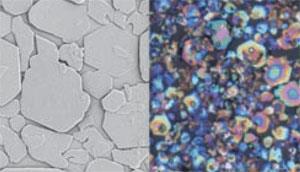
The iridescent material is made up of hexagonal plates of calcium carbonate, held together by conchiolin - a soft and flexible protein similar to that found in the structure of horn. This combination of brittle brick-like platelets and an elastic biopolymer makes the material strong but supple.
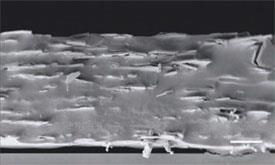
’Our idea was to copy nature’s design but without using the weak materials that nature is forced to use,’ said Andre Studart, who worked on the project at the ETH, Zurich. ’Over millions of years, nature has evolved to make remarkable materials with simple resources like calcium carbonate, but we have access to much more advanced materials.’
Studart’s team mimicked the structure of nacre with thin plates of aluminium oxide in place of calcium carbonate. This was then coated with chitosan, a cheap polymer derived from chitin, which makes up the shells of crustaceans.
’The result is a platelet-reinforced nano-composite that is as strong as a pure ceramic but ductile and flexible like a polymer - two properties that are usually difficult to find in a single material,’ Studart said.
Nicholas Kotov, an expert in nanocomposite materials at the University of Michigan, US, told Chemistry World: ’One of the central challenges in designing advanced materials is transferring the unique mechanical properties of nanoscale building blocks into macroscale materials. This study is an excellent example as the authors were able to retain the fairly high strength of the nanostructure and combine it with extensibility.’
Lewis Brindley
References
L J Bonderer et al, Science, 2008. DOI: 10.1126/science.1148726
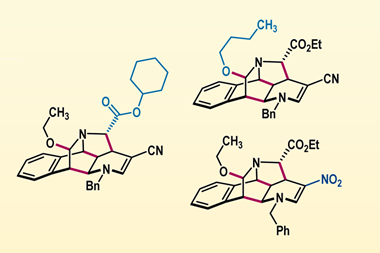

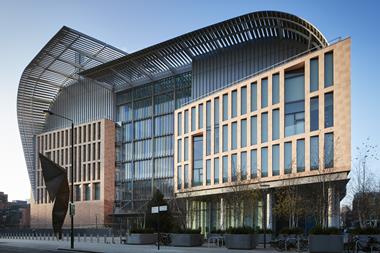


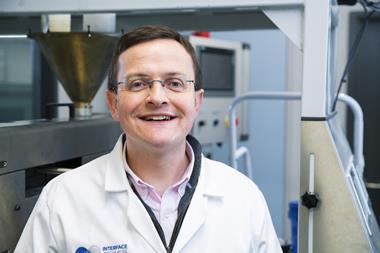
No comments yet